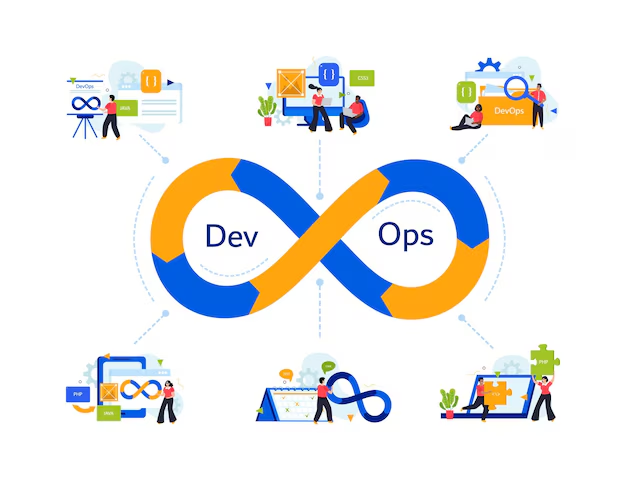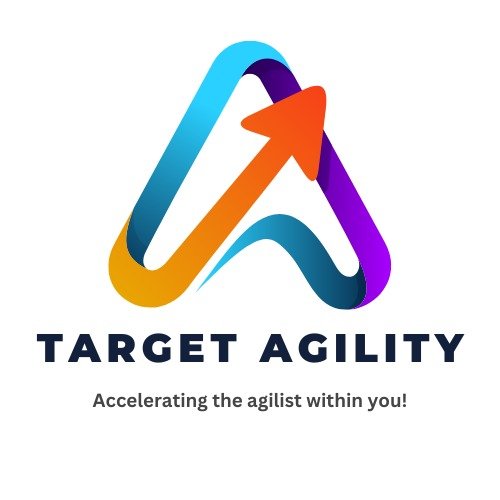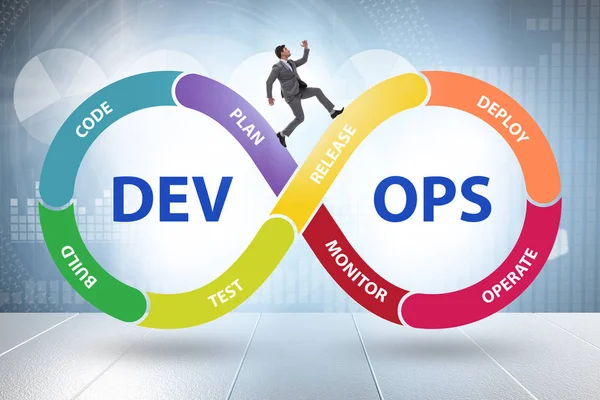In today’s fast-moving world, businesses need to deliver high-quality software quickly. To make this happen, teams must work together better and streamline their processes. SAFe® DevOps provides a clear way to connect development (Dev) and operations (Ops) teams, helping them deliver software faster, more efficiently, and with fewer issues.
What is SAFe DevOps?
SAFe DevOps is a part of the Scaled Agile Framework® (SAFe), designed to bring development and operations teams together. It focuses on improving teamwork, automating processes, and speeding up how software moves from an idea to a finished product. The goal is to break down barriers between teams and ensure everyone works toward delivering value to customers.
Key Features of SAFe DevOps
- The CALMR Approach:
SAFe DevOps is built around CALMR, which stands for:
- Culture: Encourages collaboration and shared responsibility between teams.
- Automation: Simplifies and speeds up tasks like testing and deployment.
- Lean Flow: Keeps work moving smoothly through the pipeline.
- Measurement: Tracks progress and finds areas to improve.
- Recovery: Makes sure issues can be quickly fixed if something goes wrong.
- Continuous Delivery Pipeline:
This is the system that moves ideas from concept to delivery. It has three parts:
- Continuous Exploration (CE): Gathers ideas and feedback from customers to prioritize work.
- Continuous Integration (CI): Combines and tests code regularly to keep it ready for deployment.
- Continuous Deployment (CD): Automates the release process to deliver features faster.
- Value Stream Mapping:
This tool helps teams see the entire delivery process, identify delays, and improve efficiency so every step adds value for the customer.

Benefits of SAFe DevOps
- Faster Delivery: Automation and streamlined workflows reduce delays, allowing teams to deliver features faster.
- Better Teamwork: Developers and operations work closely together, eliminating silos and improving collaboration.
- Higher Quality Software: Continuous testing catches problems early, leading to fewer errors in production.
- Happier Customers: Faster delivery and quick responses to feedback keep customers satisfied.
- Scales for Big Teams: Unlike standard DevOps, SAFe DevOps works well for large organizations with many teams.
How to Start with SAFe DevOps
- Assess Your Current State:
Understand where your delivery process stands today. Identify any weak spots or slowdowns. - Train Your Teams:
Teach teams about SAFe DevOps practices and tools to ensure everyone is on the same page. - Adopt the CALMR Approach:
Build a culture of collaboration, automate tasks, measure progress, and focus on constant improvement. - Map Your Pipeline:
Use value stream mapping to identify bottlenecks and streamline the delivery process. - Build Cross-Functional Teams:
Create teams that include developers, testers, and operations staff to ensure better collaboration. - Track and Improve:
Use metrics like lead time and deployment frequency to see how well you’re doing and identify areas for improvement.
Challenges in SAFe DevOps
Switching to SAFe DevOps isn’t always easy. Teams might resist change, silos can be hard to break, and automating old systems can be tricky. However, with good leadership, training, and a focus on continuous improvement, these challenges can be overcome.
Conclusion
SAFe DevOps combines the agility of DevOps with the scalability of SAFe, making it perfect for large organizations. It helps teams work together better, deliver software faster, and respond quickly to customer needs. By adopting SAFe DevOps, businesses can stay competitive and deliver value efficiently in today’s fast-paced world.











